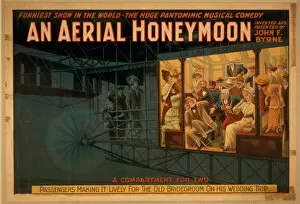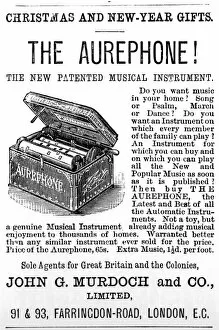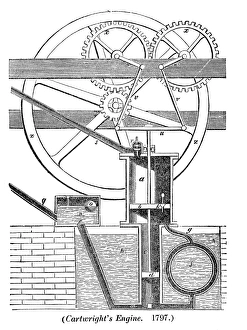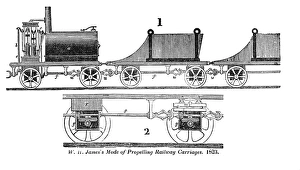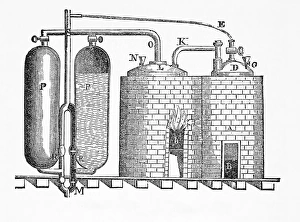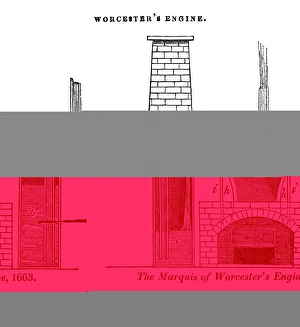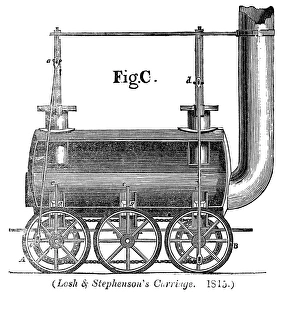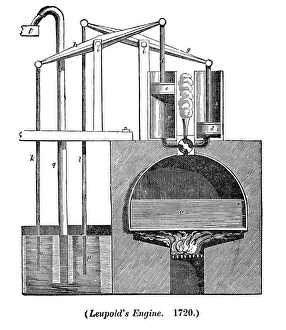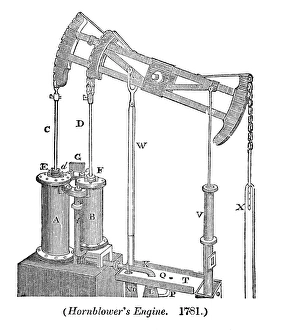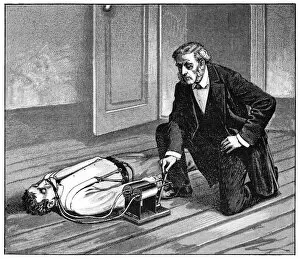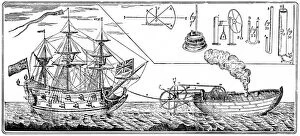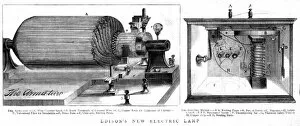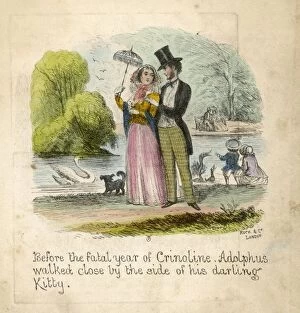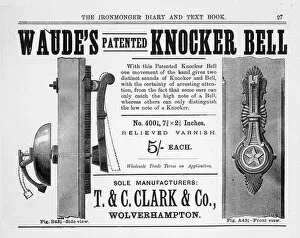Patented Collection (page 3)
"Revolutionary Patented Inventions: From Stephensons Rocket to The Heated Shoe" Stephensons Rocket, the iconic locomotive that roared into existence in 1829
All Professionally Made to Order for Quick Shipping
"Revolutionary Patented Inventions: From Stephensons Rocket to The Heated Shoe" Stephensons Rocket, the iconic locomotive that roared into existence in 1829, marked a significant milestone in the realm inventions. Its innovative design and powerful steam engine revolutionized the world of transportation forever. But locomotives weren't the only groundbreaking creations of their time. Enter Hensons Aerial Steam Carriage - an audacious Victorian invention that aimed to conquer the skies. This remarkable contraption combined steam power with aviation aspirations, pushing boundaries and challenging conventional wisdom. The Engineer, a prominent publication during this era, chronicled numerous Victorian inventions that left society awe-inspired. It served as a platform for inventors to showcase their ingenious ideas and seek recognition for their patented marvels. Hensons Aerial Steam Carriage continued to capture imaginations with its relentless pursuit of flight. With each iteration, it pushed closer towards conquering the heavens above. Though not entirely successful at first, its persistence paved the way for future advancements in aviation technology. Innovation didn't stop there; other notable patents emerged across various domains throughout history. The Telegraph printer made its mark in 1889 - a revolutionary device enabling rapid transmission of information through printed words on paper like never before. Meanwhile, portable steam pumps became indispensable tools in industries worldwide by 1883. These compact yet mighty machines provided efficient water pumping capabilities wherever they were needed most. Engravings depicting Newshams fire engine showcased another patented invention designed specifically to combat raging infernos effectively. This firefighting marvel brought hope amidst chaos and proved instrumental in saving lives and protecting communities from devastating fires. Not all patents were grandiose; some focused on practical solutions too. Horn Buffers for Cattle emerged as an essential innovation in 1921 - ensuring safer handling and transport of livestock while minimizing potential harm or injuries caused by unruly animals. And who could forget the Heated Shoe.





